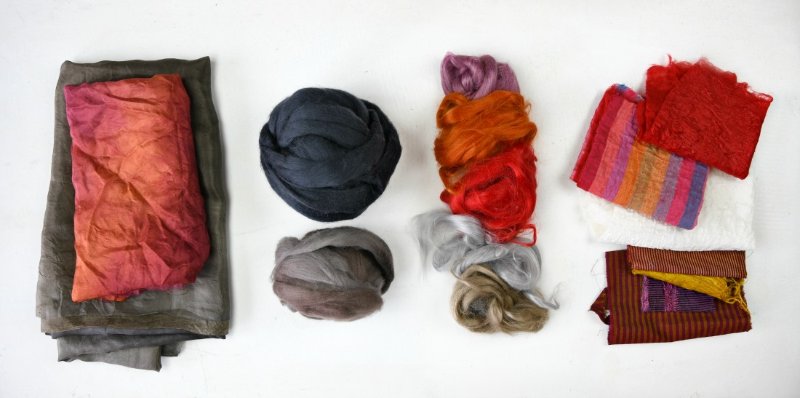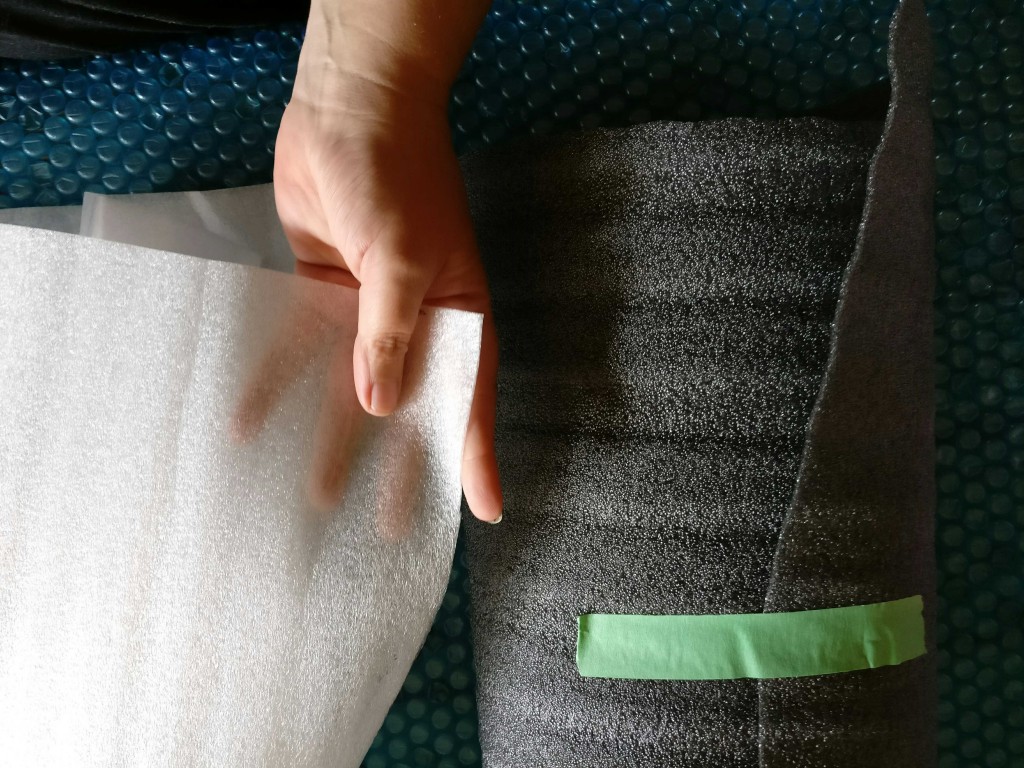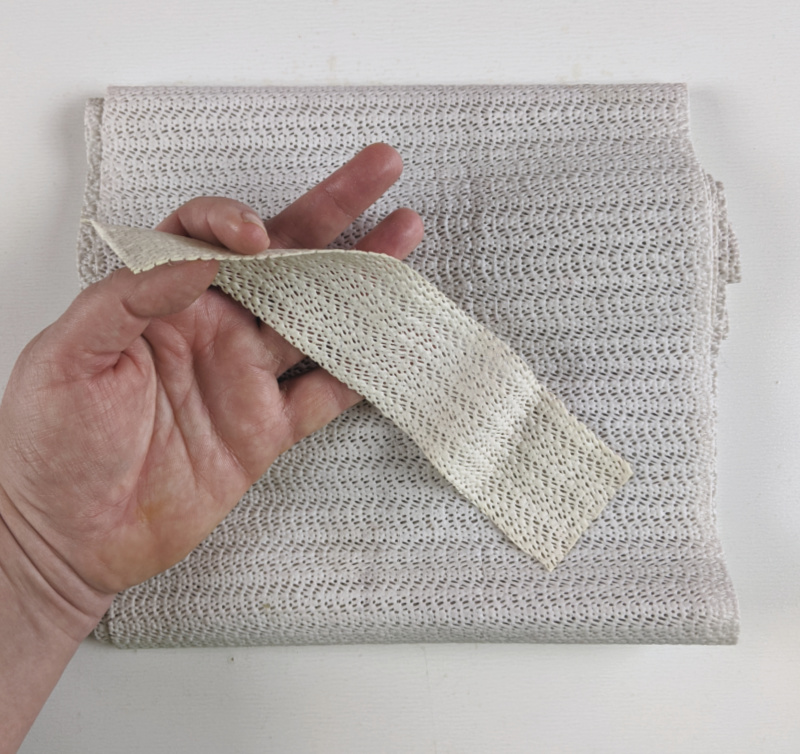
Felt Garments- Custom Fit Construction: Materials List
Please do email me if you have any questions about any of the items, for sources and possible substitutions.
Fibres and materials:
This list includes the materials you will need to do the basic construction. I’ve been as specific as possible, to be clear on what you will need, but I do encourage your exploration and creativity! You can work with any design features you wish, including any of the techniques from Surface Design Online, Felting Over the Edge or Ink on Cloth, and any materials you need for this further embellishment will be extra to this list. We can talk more about each project in the classroom.
If you are new to garment making, and felting, I suggest you keep your colour selection simple and focus on the construction. Work with coordinating wool and silk fabric colours, and then use a contrast colour on the second side, and for embellishments.
Wool and Cloth:
The amounts you need will vary with your project design. The suggested amount here will be enough for just about any project!
- 8.0 ounces/226 grams extra fine merino roving, 19 micron or less
- 6.5 yards/ 6 metres silk habotai/paj/ponge silk (4-5 momme) if the fabric is 45″ (115 cm) wide
- Embellishment materials: The surface embellishments shown in these instructions include small pieces of silk fabrics, plus wool, nuno and exotic fibre prefelts. Instructions for making these prefelts are included in the class. You could also use wool details, ramie fringes, or ramie, silk or bamboo fibres for surface embellishment.
If you’d like to learn how to dye your own silk for this kind of project, you can take my Creative Colour-Introduction to Dyeing workshop before this class!
You can make your project from wool only, or make it as a nuno felted project. The instructions take you through making this as a nuno felted piece, but you can always skip those steps and materials to work with wool only.
Resist Material
- Resist material: approximately 48” x 96” (122cm x 240cm) lightweight, laminate floor underlay works best. You can use a medium weight painters plastic (3.0-3.5mil), and silver duct tape. We’ll use the duct tape to trim all the sides, folded over the edge. Be sure the duct tape is the woven kind, not the stretchy kind.

laminate floor underlay (shown above), or a medium weight painters plastic (3.0-3.5mil) (shown below) and silver duct tape.

- thin plastic sheeting- 48” x 96” (122 x 240cm). Painters dropcloth plastic works well for this.
Tools and Hardware
- Work Table: The ideal table size will depend on the type of project you choose to make. I make all of my pieces on a table that is 48” x 96” (122cm x 240cm). If I need extra room, I work with my ironing board, raised to table height, positioned next to my table where I need it. Two folding tables work very well for larger garments. In most in-person workshops we use two 30″ x 72″-96″ tables side by side.
You can work on any work surface. You can work on a dining room or kitchen table, with a protective plastic layer, or a smaller table with a sheet of plywood on top, or you can work on the floor if your personal flexibility and stamina allow!
If you have any questions at all, just email me! Don’t let the table size put you off!
Non Slip Rubber Grip Mat/Bubble Wrap:
- 1 piece rubber grip mat: between 48″ (122cm) x 96″(240cm)
- 1 package of painters drop cloth
or
- bubblewrap: 2 pieces each, 48″ (122cm) x 96″(240cm). Bubblewrap section can always be taped together, as needed.
Here’s some more information on these two options:
I strongly suggest you work with rubber grip mat for these projects. It is very light to work with, speeds up the felting process significantly and produces a very tight felt.
You can always get a larger single mat, and cut the piece for this class from it, and then also have smaller pieces to work with for smaller projects. You can find these for about $25 or less for this size, and this is an absolutely worthwhile purchase! You can use this for all felting projects other than paper felt. You definitely want to get the most flat rubber mat- not the knobby one, as the little knobs will break off over time.
If working with the grip mat, you will also need 1 package of painters drop cloth– thin plastic used as drop sheets. You’ll find this in most hardware stores or building supply centres.

This grip mat is sold as non slip rug underlay. I suggest using the thin, more flat one with a more woven appearance. The other style you might see looks more like a grid and is thicker. it does work well, but the little bobbles of the grid can start to break off over time. The thin flat one is excellent and really should never need to be replaced. It’s good to have a few pieces in different sizes to keep it more manageable. I suggest planning out what sizes or worksurface you most often need or use. Like a smaller square for vessels, a thinner long panel for scarves and a large rectangle for garment, for example. Then work out what single size of the grip mat you could get that will allow you to cut out those various sized pieces from one large piece.
If you are working with grip mat, Layout your work surface in this order:
grip mat
layer of thin plastic
fabric and felt layout as usual
layer of thin plastic
Once everything is well attached and starting to shrink, you will remove the light plastic (this can be reused in future projects) and work with the felt directly in the grip mat. Even in the late stages of fulling, when I am rolling the felt on itself, will work on top of the grip mat, but I will also often roll it in the grip mat some more, especially with a length of pipe in the centre for firm rolling.
OR! You can instead use bubblewrap: 2 pieces each, You can instead use bubblewrap: 2 pieces each, 48″ (122cm) x 96″(240cm). Bubblewrap sections can always be taped together, as needed. Bubblewrap section can always be taped together, as needed.
It is absolutely fine to use the work surface of your choice- grip mat, bubble wrap, netting… The instructions will all refer to bubblewrap and grip mat, but you can work with the felting surface of your choice.)
- Pool noodle, pipe or dowel: pool noodle or 48″ (122 cm) length of 1.5″ (3.8 cm) diameter PVC pipe, or 48 inch (90 cm) length of one inch diameter wooden dowel. You will only need one of these items. It is for rolling up the work initially, and rolling over the top of the work. The pool noodle will work well, but I prefer the firmness of the pipe or dowel for rolling. A wooden dowel, inserted into the centre of a pool noodle, is another excellent option.
- Natural liquid dish soap or dish detergent (like Seventh Generation or Nature Clean)
- Ball brause or other tool to wet out your felt
- Small bucket for felting solution
- Table risers– this will make your layout and felting time so much easier on your body. Look for bed risers at home accessories shops, or cut four or 8 x 16 ” (40 cm) lengths of PVC pipe, that slide over the table legs. The length and diameter of pipe will depend on your style of table, where the bend is in the leg, and your desired work height- which will be at about counter height.
- Sharp pointed scissors
- Sewing pins
- Measuring tape
- Calculator
- Notebook and pen/pencil
- 2-3 old towels
Sources for Wool and Fibres:
This is a good starting point for excellent products, that help you create stunning garments. These companies sell the extra fine merino fibres, the silk fabric, and the silk tops/laps or ramie/bamboo tops.
Australia: Treetops Colour Harmonies: treetopscolours.com.au
USA: Outback Fibers: www.outbackfibers.com
512-222-WOOL (9665) (USA)
Europe: DHG: www.dhgshop.it
Wollknoll: wollknoll.eu
I suggest you get the best quality of materials you can. In felting, our greatest investment is our time. In making something handcrafted, it is already precious. We don’t use huge amounts of materials and produce almost zero waste. Always chose the very best materials you can afford. It is a small cost relative to the value of your time that you will put into the piece. Good quality materials will give you a better finish and end result. It’s worth it!
Contact me if you have any questions about materials and suppliers. If you have a design idea, you can email me, or we can discuss it in the online classroom, as soon as it opens!
